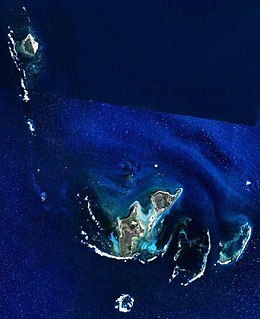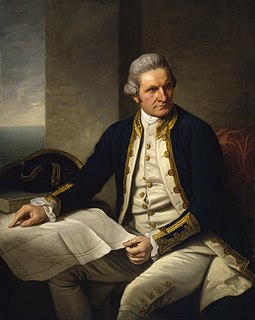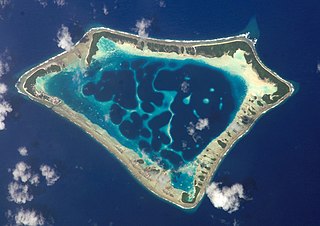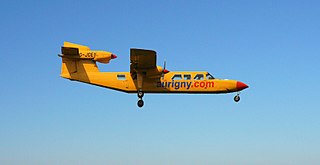John Daniel was an English sea captain who, in the ship New London, charted part of the coast of Western Australia in 1681. Daniel and the New London are believed to have been the second group of English mariners to sight the mainland of Australia, after the Tryall was wrecked in 1620 (and preceding William Dampier's Roebuck, in 1688).

The Kingdom of England was a sovereign state on the island of Great Britain from 927, when it emerged from various Anglo-Saxon kingdoms until 1707, when it united with Scotland to form the Kingdom of Great Britain.

Western Australia is a state occupying the entire western third of Australia. It is bounded by the Indian Ocean to the north and west, and the Southern Ocean to the south, the Northern Territory to the north-east, and South Australia to the south-east. Western Australia is Australia's largest state, with a total land area of 2,529,875 square kilometres, and the second-largest country subdivision in the world, surpassed only by Russia's Sakha Republic. The state has about 2.6 million inhabitants – around 11 percent of the national total – of whom the vast majority live in the south-west corner, 79 per cent of the population living in the Perth area, leaving the remainder of the state sparsely populated.

Australia, officially the Commonwealth of Australia, is a sovereign country comprising the mainland of the Australian continent, the island of Tasmania, and numerous smaller islands. It is the largest country in Oceania and the world's sixth-largest country by total area. The neighbouring countries are Papua New Guinea, Indonesia, and East Timor to the north; the Solomon Islands and Vanuatu to the north-east; and New Zealand to the south-east. The population of 26 million is highly urbanised and heavily concentrated on the eastern seaboard. Australia's capital is Canberra, and its largest city is Sydney. The country's other major metropolitan areas are Melbourne, Brisbane, Perth, and Adelaide.
A surviving copy of Daniel's chart indicates that the "Dangerous Rocks" he sighted was the Wallabi Group; the northernmost islands in the Houtman Abrolhos. A printed copy of Daniel's journal of the voyage has also survived, including a brief description of the islands.

The Wallabi Group is the northern-most group of islands in the Houtman Abrolhos. Nominally located at 28°28′S113°42′E, it is 58 kilometres from the Australian mainland, and about 9 kilometres from the Easter Group.

The Houtman Abrolhos is a chain of 122 islands, and associated coral reefs, in the Indian Ocean off the west coast of Australia. Nominally located at 28°43′S113°47′E, it lies about eighty kilometres (50 mi) west of Geraldton, Western Australia. It is the southernmost true coral reef in the Indian Ocean, and one of the highest latitude reef systems in the world. It is one of the world's most important seabird breeding sites, and is the centre of Western Australia's largest single-species fishery, the western rock lobster fishery. It has a small seasonal population of fishermen, and a limited number of tourists are permitted for day trips, but most of the land area is off limits as conservation habitat. It is well known as the site of numerous shipwrecks, the most famous being the Dutch ships Batavia, which was wrecked in 1629, and Zeewijk, wrecked in 1727.
- With the wind S.W. by W. steering by compass N.E. by E. at 10 a.m. the water was discoloured. A man at the foretop saw a breach rise ahead of us. We put our helm hard a starboard...and weathered the N.W. end of it about half a mile...The breach that we first saw happened to be the northernmost of all, there being several and by our computation [they] are 20 miles in length. Within the breaches, several small white sandy islands were seen, with some bushes on them. A very heavy sea broke against the south part of these shoals. When close to them the mainland was not seen. [1]
Daniel also bestowed the name "Maiden's Isle" upon an island that may have been Rottnest Island.

Rottnest Island is an island off the coast of Western Australia, located 18 kilometres (11 mi) west of Fremantle. A sandy, low-lying island formed on a base of aeolianite limestone, Rottnest is an A-class reserve, the highest level of protection afforded to public land. Together with Garden Island, Rottnest Island is a remnant of Pleistocene dune ridges.

















